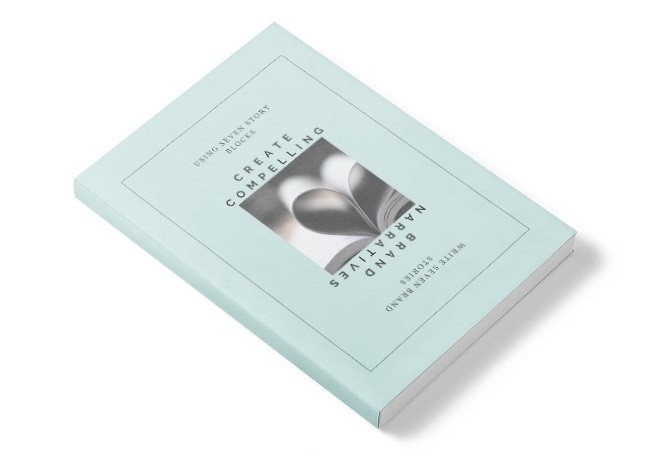Rarely can one say that they’ve witnessed alchemy. I can.
My Dad had the most amazing collection of woodworking tools. They were his toys. When I was small I watched him potter in his workshop and idle away the hours – he was in bliss. And I was in awe.
When he worked with those tools, it cast a spell.
A simple piece of wood was shaped into something new – initially with a big tool like a saw, later with finer chisels, planes and ultimately, superfine sandpaper. Every minor change brought the simple raw material – wood – closer to being a piece of fine craftsmanship. Of art.
Finally, he’d run his hands over the piece, feeling its grain, movement and worth; checking that its energy was correctly attuned.
That his creation sang the song he wanted to be heard.
The ultimate devotional step was then to breathe life into the grain by gently apply oil or lacquer; once again transforming the wood and bringing it closer to the divine.
Listen to your work
I’ve learnt many things about creation and alchemy from those hours spent with Dad in the workshop.
Importantly, that it’s important to check your creation – that it’s singing the song you want to be heard.
Once you’ve got something down, read it aloud (or at least quietly to yourself). If you’re looking for the simplest way to sort the wordy wheaty bits from the chaff, that will do the trick.
Instantly you’ll hear the rough spots, what works and what doesn’t, and tons of other little things that further fine sanding will remove.
Make sure that every word counts and that the grain runs smoothly through the piece. If it doesn’t, then get rid of it.
Or put simply, “if in doubt, chop it out.”
Work with the grain
Start with great raw materials.
Wood, words and designs are all the same. They need to have great basics first, before they can be shaped into something else.
To get the best from wood, you need to work with the grain. Going against (or ignoring) the grain can create nightmare results.
Similarly, errant writing can be a curse. Instead, use the many tools that are around to improve your skill and result.
- Writing – with the grain – is easier, giving a clean, strong result
- Writing – against the grain – is usually heavy going, and can give poor results such a chipping, tearing and gives weak results
- Writing – across the grain – cuts across the grain lines (but on the same plane) of normal usage and can be used for great effect, if done with skill
Judge your raw materials, desired result and skill level carefully. Match them well to create joy on a page.
Apply the Goldilocks rule
Ultimately, the goal of this rule is to help us make the right choice.
Good writing contains just the right amount of words. It’s the Goldilocks rule – not too short, not too long, but just right.
Fine tuning your work takes time, but always remember that its not how much you say (how long it is), but rather what you say that counts.
Editing is about impacting. It should make your writing sing from the page.
It’s the last opportunity to increase your personal involvement in the piece. If it moves you at that point, then chances are it will do the same for the reader.
Image: sskies

